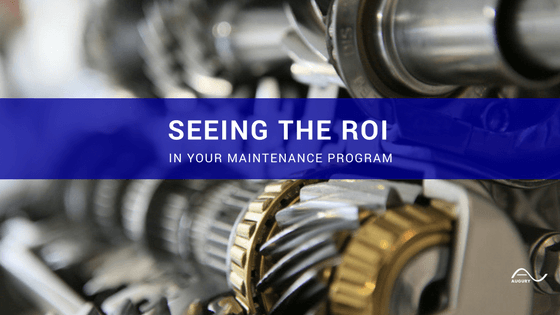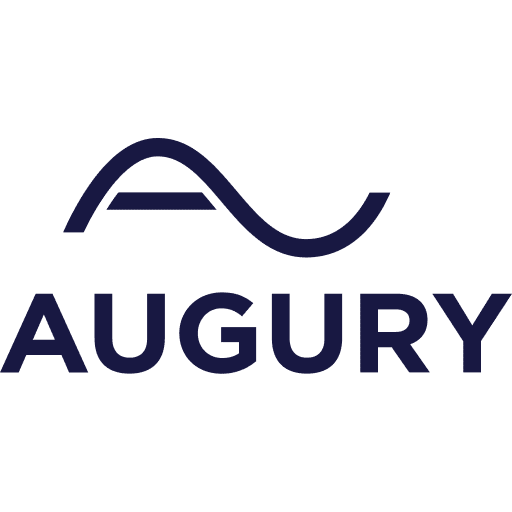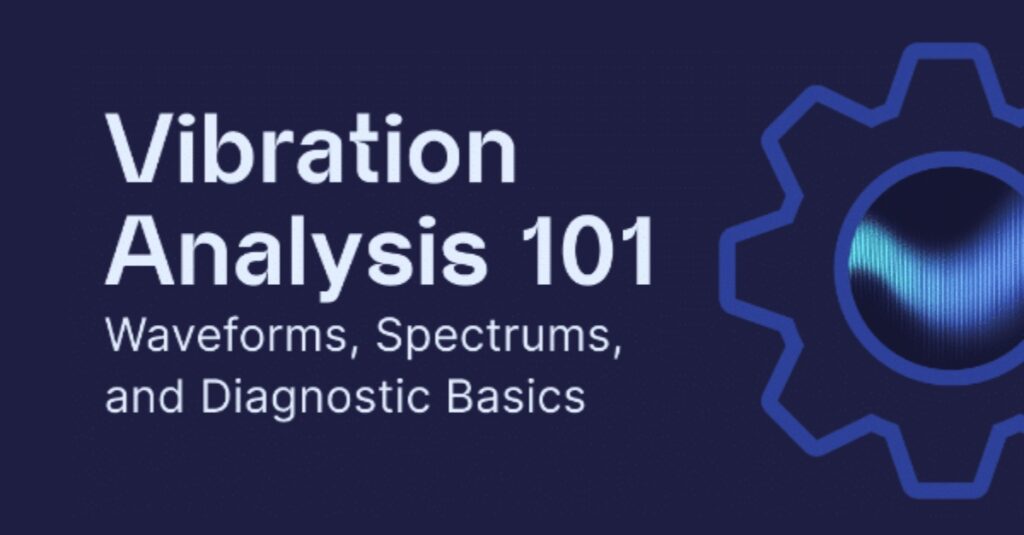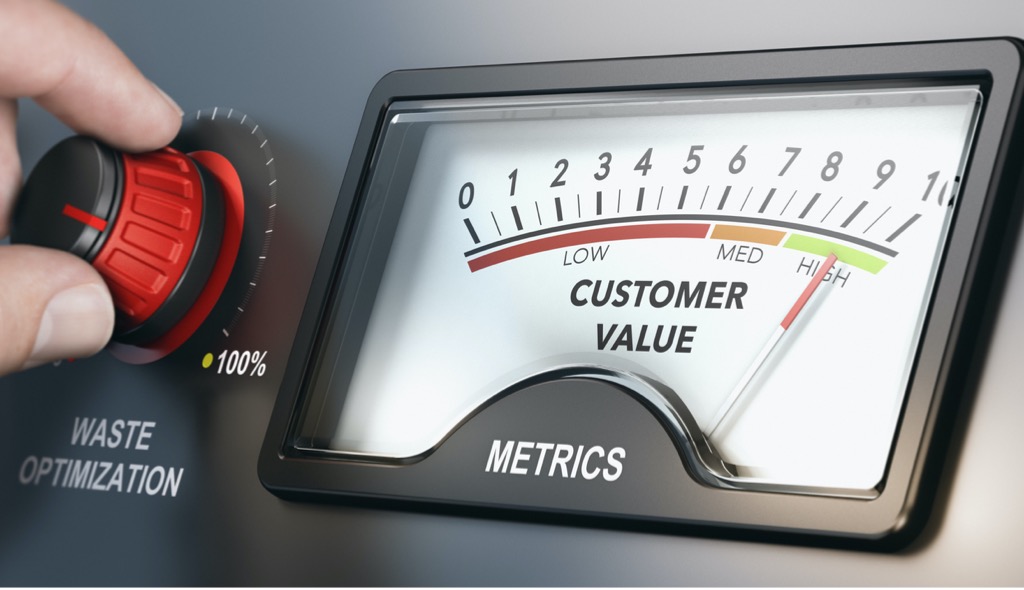
Every once in a while operations and maintenance leaders are forced to reevaluate the way that they run their maintenance programs. This process can be motivated by a variety of reasons: from standard annual budget planning to responding to an ad hoc fiscal or operational crisis to a COO learning about a new solution at a trade show and then tasking the O&M group to “look into it.”
Inevitably, the maintenance professional begins to wonder: ‘IoT and Predictive Maintenance are new and exciting, but at the end of the day are they worth it?’
‘Does continuously diagnosing machinery make financial sense for my facility?’
‘How do I justify this? I don’t want to waste my team’s time if the dollars don’t add up.’
‘I’ve heard about the quantitative benefits of predictive maintenance, but do those generalized numbers really apply to my specific situation?’
Yes, It’s Worth It
While predictive maintenance isn’t a catch all solution, in the vast majority of cases, there is a significant impact that a facility can realize by implementing a predictive maintenance solution. Best practice for any investment in time or technological resources dictates going through the process of creating a customized return on investment (ROI) model with data from your facility. This allows a facility to make informed decisions on what to monitor and how, based on the value and payback period they can achieve. Maintenance practices are shifting from preventive maintenance (PM) to predictive maintenance (PdM) and along with this shift can come a lot of confusion on how to measure the ROI and effectiveness of PdM. Here is how you should be thinking about this.
First, let’s define “ROI.” ROI is typically measured in either dollars or payback time. In dollars, at a high level it can be defined as:

Similarly, payback time is defined as the number of months until the amount of dollars gained equals the cost of a PdM solution for that year. Ranges for ROI vary by industry and application but typically range from 2x – 12x the initial investment (non-critical HVAC applications being on the lower end of the spectrum, and industrial and manufacturing being at the higher end). Ideally, payback for utilizing a PdM solution usually ranges from six months to two years. ‘Increased Revenue’ and ‘Decreased Cost’ metrics tracked at a site should consider:
- Fewer safety or environmental violations
- Reduced production loss or unplanned downtime
- Reduced maintenance costs
- Extended equipment life
- Preventive maintenance time savings
- Reduced inventory holding costs
- Improved production output and revenue
So how does a facility translate this ROI framework into a specific numerical range for their site?
Crunching The Numbers
The process starts with information gathering. This involves reliability professionals working within their facility to collect some critical information: a list of machines in the facility (also known as your “asset list”), any historical repair or work order data performed on these machines, and a qualitative assessment of how maintenance is conducted. Other data points, such as an estimated cost of downtime per minute, value of the spare parts inventory kept onsite, or labor costs are also useful.
From there, a facility can break down this information into buckets and estimate saved costs or increased revenue potential. For example, a facility can go through its entire list of historical repairs made to machines and then indicate which of these repairs could have been identified and prevented with predictive techniques. This list of historical repairs usually details the associated dollars spent on past repairs, allowing the facility manager to calculate a realistic future dollar savings for the facility. This puts a hard dollar savings value on having the ability to proactively identify specific maintenance recommendations (e.g. misalignment, bearing wear, or cracked rotor bars).
When hard historical data is not readily available, a facility can still estimate a conservative range of values that they can save by implementing a PdM solution. In a manufacturing environment, at an extremely high level, this usually entails an avoided-cost calculation like:

Alternatively, a facility’s goal may be to reduce excess spare part inventory to free up additional working capital. In this case the calculation includes linking spare parts to the relevant equipment being monitored, determining if their PdM system can detect a failure on that machine that would necessitate using that spare part, and then setting a reasonable “cushion” to achieve the particular reduction in holding costs that their finance team is looking to achieve.
Keeping Your Eye On The Ball
It’s important to note that ROI is usually not constant over time. In fact, it should change. The overall health of machines within a facility will improve as it implements predictive maintenance practices. This should decrease an annual ROI number, even though the facility has overall higher reliability and productivity. In this case, online PdM solutions can help to ensure this improved level of facility performance remains stable over time, and doesn’t backslide into the old ways of suboptimal maintenance and performance. Implementing a new maintenance regime is a mindset change, and PdM technology that is always watching will help maintain the mindset.
The bottom line is that every ROI model should be customized to your particular facility using historical data and tunable inputs.
Having diagnosed literally tens of thousands of machines across thousands of facilities has given Augury deep insight into when and why machines break, how much it costs to repair them when they do, and how to prevent these failures in the future. Augury can help you evaluate if a PdM program will provide the returns you’re looking for.
How much can Augury save you? Crunch the numbers with our value calculator and discover how much time and money you can save with our proven approach to machine health.





